

Salvage(2019)
With a massive, unrestricted salvage area, the Yellowknife dump is one of the last and largest open dumps in North America. People from all walks of life go there, to search for everything from tools to clothes to home décor. This documentary follows a group of passionate salvagers over five years as the dump evolves and eventually succumbs to the inexorable efforts of city bureaucrats to subject it to sensible regulations and controls.
Movie: Salvage

Salvage
HomePage
Overview
With a massive, unrestricted salvage area, the Yellowknife dump is one of the last and largest open dumps in North America. People from all walks of life go there, to search for everything from tools to clothes to home décor. This documentary follows a group of passionate salvagers over five years as the dump evolves and eventually succumbs to the inexorable efforts of city bureaucrats to subject it to sensible regulations and controls.
Release Date
2019-03-08
Average
0
Rating:
0.0 startsTagline
Genres
Languages:
EnglishKeywords
Similar Movies
 7.1
7.1Nanook of the North(en)
This pioneering documentary film depicts the lives of the indigenous Inuit people of Canada's northern Quebec region. Although the production contains some fictional elements, it vividly shows how its resourceful subjects survive in such a harsh climate, revealing how they construct their igloo homes and find food by hunting and fishing. The film also captures the beautiful, if unforgiving, frozen landscape of the Great White North, far removed from conventional civilization.
 6.0
6.0Valldaura: A Quarantine Cabin(es)
A group of young architects, confined to a forest in Barcelona during the COVID crisis, explore the problems generated by the ambition of wanting to be completely self-sufficient.
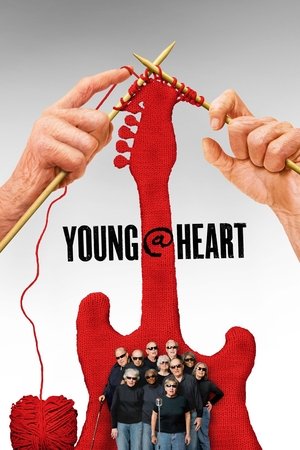 7.3
7.3Young At Heart(en)
Documents the true story of the final weeks of rehearsal for the Young at Heart Chorus in Northampton, MA, and many of whom must overcome health adversities to participate. Their music goes against the stereotype of their age group. Although they have toured Europe and sang for royalty, this account focuses on preparing new songs for a concert in their hometown.
 8.7
8.7The Whale and the Raven(en)
Director Mirjam Leuze’s The Whale and The Raven illuminates the many issues that have drawn whale researchers, the Gitga’at First Nation, and the Government of British Columbia into a complex conflict. As the people in the Great Bear Rainforest struggle to protect their territory against the pressure and promise of the gas industry, caught in between are the countless beings that call this place home.
 0.0
0.0Within Reach(en)
Documentary, Biographical Documentaries, Social & Cultural Documentaries, Travel & Adventure Documentaries - After quitting their jobs and selling their house and cars, a couple bikes around the country visiting 100 sustainable communities as they look for a new place to live. Along the way, they explore the meaning of community -- and of life itself.
Elizabeth "Betita" Martinez: San Francisco Foundation Community Leadership Awards 2008(en)
Elizabeth "Betita" Martinez, winner of the San Francisco Foundation 2008 Community Leadership Awards (The San Francisco Foundation Award) - for building unity and alliances across traditional racial and gender lines, and for serving as a selfless and inspirational advocate for oppressed peoples around the world.
East Bay Asian Local Development Center(en)
The East Bay Asian Local Development Corporation has earned the John R. May Award for transforming neighborhoods and creating new economic opportunities for low-income communities. EBALDC's innovative projects weave together housing, economic development, and historic preservation, reaching deep into diverse communities. The John R. May Award honors organizational initiatives in response to a significant contemporary problem.
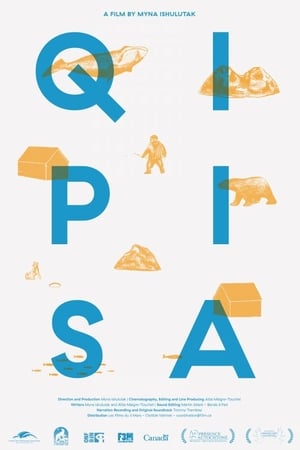 4.0
4.0Qipisa(iu)
The director goes back to her roots in Pangnirtung, amongst her family and community. It leads her to another journey: to Qipisa, the outpost camp from where they were uprooted.
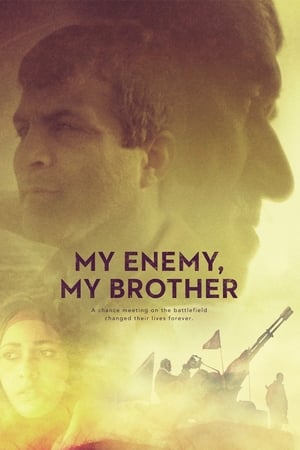 0.0
0.0My Enemy, My Brother(en)
The eight-year Iran-Iraq War was one of the most brutal conflicts to devastate the region in the 20th century. Zahed was 13 years old when he enrolled in the Iranian army. Najah was 18 when he was conscripted into the Iraqi army, and he fought against Zahed in the Battle of Khorramshahr. Fast forward 25 years, a chance encounter in Vancouver between these two former enemies turns into a deep and mutually supportive friendship. Expanded from the 2015 short film by the same name.
I Made a Vow(en)
A couple from North Preston, Nova Scotia plan an elaborate wedding with dozens of bridesmaids.
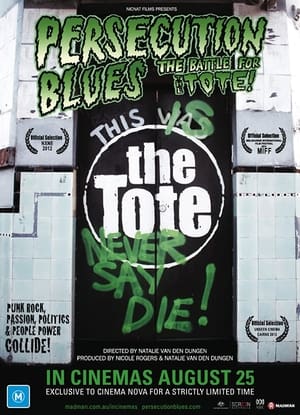 6.3
6.3Persecution Blues: the Battle for the Tote!(en)
In 2010, the iconic Tote Hotel – last bastion of Melbourne’s vibrant music counterculture – was forced to close by unfair laws. Filmed over 7 years, “Persecution Blues” depicts the struggle of more than 20,000 fans – and the bands who inspire them – to preserve their history and protect their future, and puts the audience on the front line of an epic-scale culture war.
Forever in Our Hearts: Memories of the Hebron Relocation(en)
In 1999, Innu community members who, 40 years previously, had been forcibly relocated from their remote northern region of Labrador to established settlements in the province, return to Hebron to reminisce and reckon with the destructive impact the relocation had on their traditional ways of life and Indigenous identity. This film serves as a companion piece to Carol Brice Bennett’s book "IkKaumajannik Piusivinnik – Reconciling With Memories," and stands as the only known audio-visual document of the reunion of a resettled community in Newfoundland & Labrador.
Chinese for Affirmative Action: San Francisco Foundation Community Leadership Awards 2012(en)
Chinese for Affirmative Action is a recipient of the San Francisco Community Leadership Award for being "a champion against discrimination and for advancing systemic change for a racially just society. With its foundation firmly in the Asian and Pacific American community, its grassroots and policy efforts cross cultures to ensure equal opportunities for communities of color, reduce language barriers, and promote immigrant rights across the Bay Area." - San Francisco Foundation
Rita Semel: San Francisco Foundation Community Leadership Awards 2012(en)
Rita Semel, interfaith pioneer and Jewish activist, is a recipient of the San Francisco Foundation Community Leadership Awards "for her life-long successes in creating healthy, just, and inclusive communities in the Bay Area and worldwide. She builds bridges of understanding between diverse religious and ethnic communities, and brings together the interfaith community to help alleviate poverty and end discrimination. Her catalytic leadership is felt far and wide, from the San Francisco Interfaith Council to the Global Council for the United Religions Initiative. Her legacy will be a more peaceful and compassionate world." - San Francisco Foundation
 6.5
6.5Is the Crown at war with us?(en)
In the summer of 2000, federal fishery officers appeared to wage war on the Mi'gmaq fishermen of Burnt Church, New Brunswick. Why would officials of the Canadian government attack citizens for exercising rights that had been affirmed by the highest court in the land? Alanis Obomsawin casts her nets into history to provide a context for the events on Miramichi Bay.
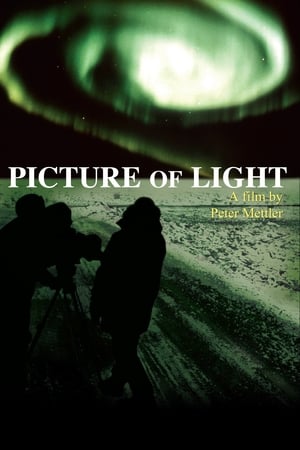 6.7
6.7Picture of Light(en)
A documentary of an expedition to Churchill, Manitoba to film the Northern Lights.
 0.0
0.0Wet Earth and Warm People(en)
This documentary by Michael Rubbo (Waiting for Fidel) offers candid glimpses of Indonesia and its people. Filming in and around the capital of Jakarta, the cameras follow where chance leads, capturing the flavour of life in this fertile crescent of tropical islands. Throughout the film, the focus is on a society caught between the past and the conflicting options for the future - to change or not to change from long-established patterns of life to ones more influenced by western technology.
 0.0
0.0The Spirit of the Tsilqot'in People is Hovering over the Supreme Court(en)
The Tŝilhqot’in Nation is represented by six communities in the stunningly beautiful interior of British Columbia. Surrounded by mountains and rivers, the Tŝilhqot’in People have cared for this territory for millennia. With increasing external pressures from natural-resource extraction companies, the communities mobilized in the early 21st century to assert their rightful title to their lands. Following a decision by the Supreme Court of British Columbia in 2007 that only partially acknowledged their claim, the Tŝilhqot’in Nation’s plight was heard in the Supreme Court of Canada. In a historic decision in 2014, the country’s highest court ruled what the Tŝilhqot’in have long asserted: that they alone have full title to their homelands.
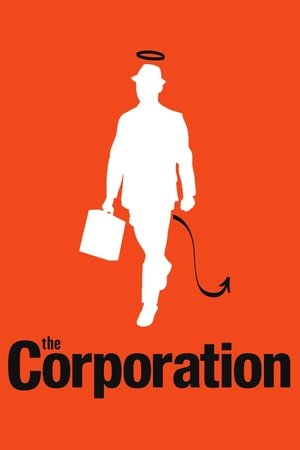 7.6
7.6The Corporation(en)
Since the late 18th century American legal decision that the business corporation organizational model is legally a person, it has become a dominant economic, political and social force around the globe. This film takes an in-depth psychological examination of the organization model through various case studies. What the study illustrates is that in the its behaviour, this type of "person" typically acts like a dangerously destructive psychopath without conscience. Furthermore, we see the profound threat this psychopath has for our world and our future, but also how the people with courage, intelligence and determination can do to stop it.
